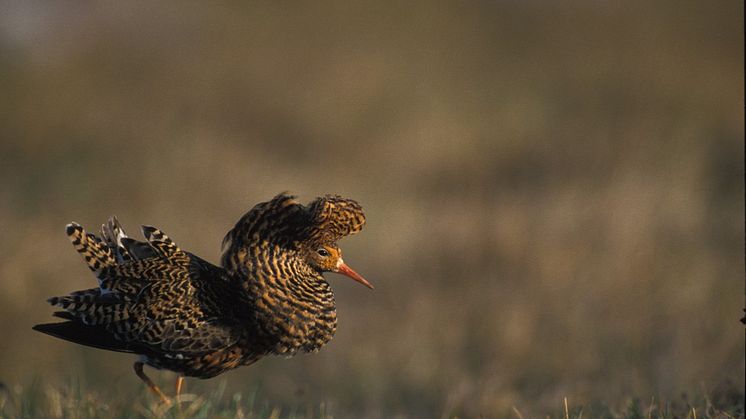Energy in new light at the Celsius-Linné lectures
The human desire to master light has taken us from controlling fire to building global optical networks. But several questions still remain to be answered. At this year's Celsius-Linné lectures on February 18, top international researchers Professor Eli Yablonovitch and Professor Lene Vestergaard Hau will present pioneering ways to manage and manipulate light for use in countless areas.


